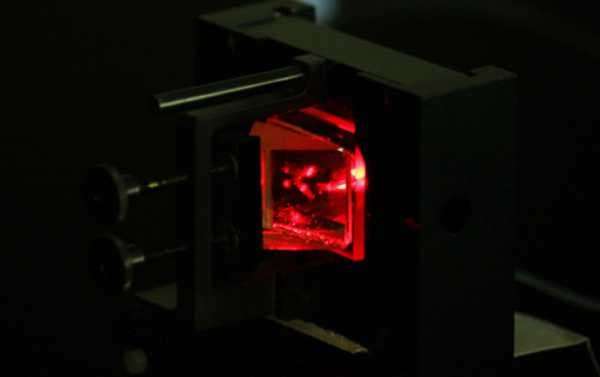
Researchers have published a review on plasmonic surface lattice resonances, which consist of light absorption by artificial plasmonic materials (metamaterials) based on plasmonic nanostructures.
This research by from National Research Nuclear University MEPhI, in cooperation with France’s Aix-Marseille University and Britain’s University of Manchester and University of Exeter, may bring about a radical breakthrough in a number of fields, ranging from early diagnosis of life-threatening diseases to food and environmental safety.
Research Director at the Institute of Engineering physics for Biomedicine, Professor of MEPhI and Aix-Marseille University Andrei Kabashin said that the article, published by the high-profile Chemical Reviews was the first comprehensive review devoted to ultra-narrow plasmonic surface lattice resonances, in which the authors analyzed the recent publications on this subject alongside examples of breakthrough applications in biosensing technology, photovoltaics, optoelectronics, database storage and telecommunications.
“Plasma oscillations, or plasmons, are collective oscillations of the free electrons in metal nanostructures caused by optical excitation. Being a new research field, plasmonics has achieved substantial progress in recent years with the promise of major innovations in nano-optics, nanophotonics and metamaterials,” Andrei Kabashin said.
The researcher went on to say that plasmonic resonances with a spectral bandwidth below 2 nm can be seen in the reflection of metamaterials based on nanostructured gold (diffractively coupled localized surface plasmon resonances).
In the Chemical Reviews article, MEPhI researchers and their colleagues describe their achievements in using these resonances for generating singularities.
“This is really promising in terms of optical biosensing technology for detecting critical biological analytes by relying on their selective partners, such as the agents of life-threatening diseases when conducting biomedical tests,” Kabashin pointed out.
Researchers believe this to be one of the most promising fields for developing biosensing technology. As a signaling parameter, phase singularity can bring about a radical breakthrough not only in terms of early diagnostics of dangerous diseases and ultra-sensitive doping controls, but also in food and environmental safety, optoelectronics, photovoltaics, and database storage.
Sourse: sputniknews.com






